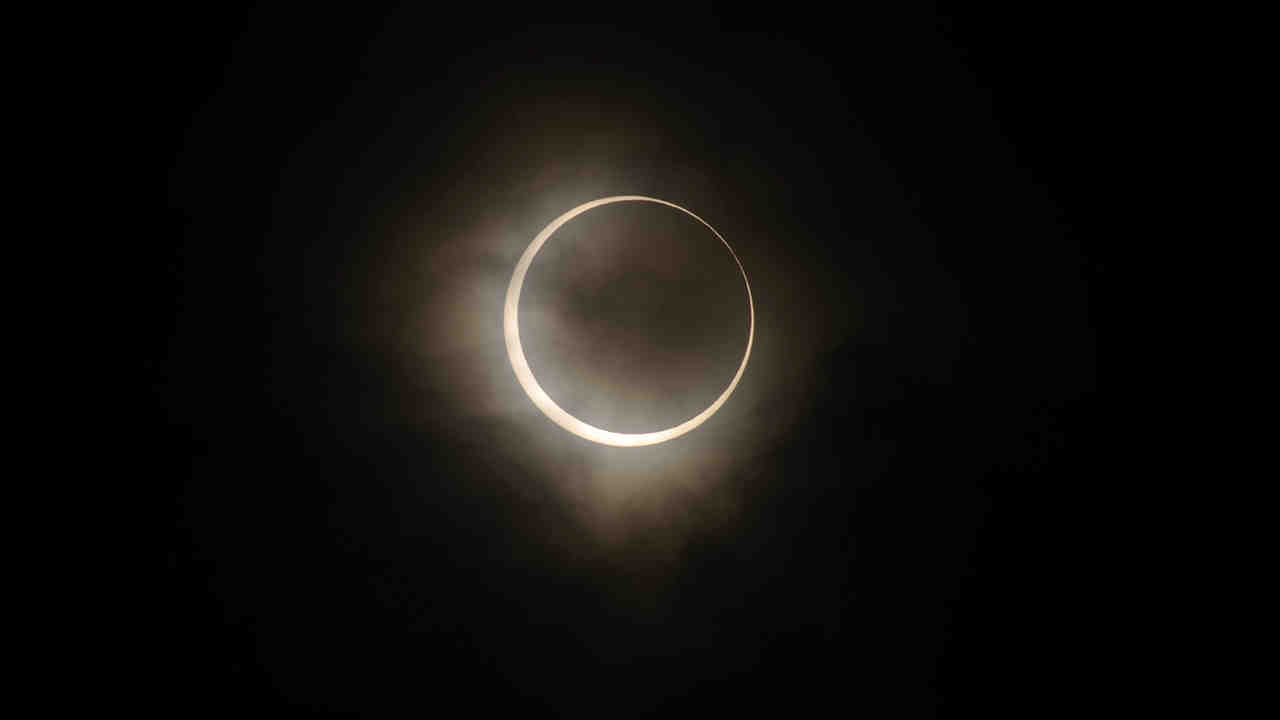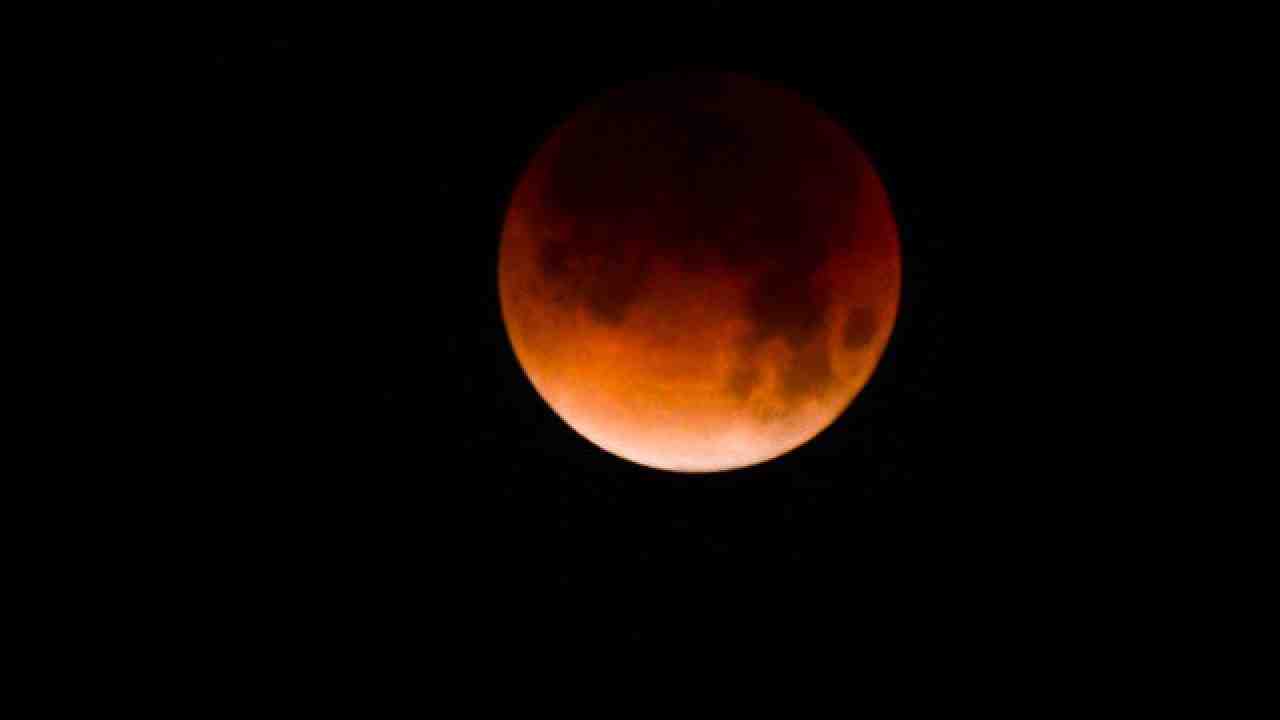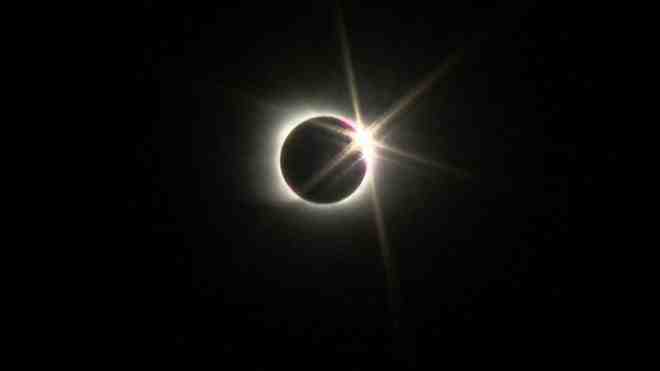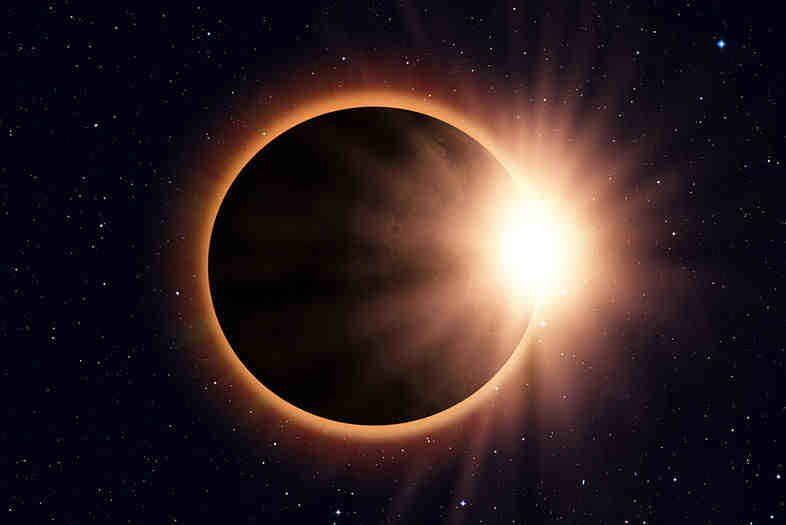Contents
What time is the solar eclipse in San Diego?

The eclipse begins at 2:45 am in the Pacific Ocean and reaches a total between 4:11 and 4:26 i.n. â € œReality is everywhere in the Pacific and Mountain time zones, â € according to NASA. However, the local weather in San Diego may not work.
Can you see the eclipse in San Diego?
November 18–19, 2021 – Partial Lunar Eclipse – San Diego Local time (PST) for San Diego is all the time. During this partial lunar eclipse, the shadow of the Earth covers only parts of the Moon, as seen from San Diego. … The shadow of the Earth covers a large part of the Moon, so this is still a nice sight.
Is solar eclipse visible in San Diego?
Eclipse will not be seen from San Diego, USA. Eclipse will not be visible from this place.
Where can I see the solar eclipse in 2021?

On June 10, 2021, a solar eclipse, or “ring of fire,” occurred in Canada, Greenland, and Russia. The maps below show the route of annals over Canada and Russia.
Where is the best place to see the 2024 eclipse?
Below are 20 great places to think about for the Great American Eclipse 2024, starting in Mexico and working to the Northeast of the U.S.
- Mazatlán, Sinaloa, Mexico. …
- Nazas, Durango, Mexico. …
- Piedras Negras, Coahuila, Mexico. …
- Radar Base, Texas. …
- Kerrville, Texas. …
- Lampasas, Texas. …
- Hillsboro, Texas. …
- Sulfur Springs, Texas.
Is solar eclipse visible in USA?
| Location | New York City |
|---|---|
| A partial eclipse begins | below the horizon |
| Maximum eclipse | 5:32 a.m. |
| Partial eclipse ends | 6:30 p.m. |
| % of sun coverage | 73% |
What happens if you look at a solar eclipse?
Exposure to the sun without proper eye protection during a solar eclipse can lead to “eclipse blindness” or retinal burns, also known as solar retinopathy. This exposure to light can damage or even transmit cells in the retina (back of the eye) that you see to the brain.
How many solar eclipses will there be in 2021?

In 2021, there will be two eclipses of the Moon, two eclipses of the Sun, and one transit of Mercury. Three of the eclipses will appear from parts of North America.
Will there be a solar eclipse in 2022?
A partial solar eclipse will occur on April 30, 2022. A solar eclipse occurs when the Moon passes between the Earth and the Sun, thereby completely or partially obscuring the image of the Sun for viewers on Earth.
Is there any grahan in 2021?
Surya Grahan 2021 San India Date & amp; Time: There are two solar eclipses in the year 2021. Of that, a solar eclipse is already taking place on June 10, 2021. Now it is time for the last solar eclipse of the year. According to astrology, the process of lunar eclipse and solar eclipse is considered an important event.
How many solar eclipses are there in 2022?
There are 4 eclipses, 2 solar eclipses and 2 lunar eclipses in the Year 2022.
Will there be a solar eclipse in 2021 USA?

Eclipse America 2021. Left: The annular solar eclipse (“ring”) of June 10, 2021, will be observable (weather permitting) from remote locations in Canada, Greenland, Siberia – and the North Pole. … Right: A deep solar eclipse will be dealt with at sunrise in much of northeastern North America at sunrise.
Who will see the solar eclipse June 10 2021?
On June 10, 2021, an annular solar eclipse begins at sunrise in southern Ontario, Canada. The Moon’s anti-moon shadow touches the northern part of Lake Superior and crosses three countries; Canada, Greenland, and Russia.
What time is solar eclipse in 2021?
The annular eclipse will begin to be visible in those northern regions that are lucky enough to see it at 5:49 i.n. EDT (0949 GMT), by Time and Date. The maximum eclipse will occur at 6:41 pm EDT (1041 GMT) in the northern polar region, where the annular phase will last approximately 3 minutes and 51 seconds.
What states can see the solar eclipse?
Where is the best place to watch the 2017 solar eclipse? We have selected 10 amazing spots to see the Great American Eclipse along the trail. The states within the eclipse path are Oregon, Idaho, Wyoming, Nebraska, Kansas, Missouri, Illinois, Kentucky, Tennessee, Georgia, North Carolina, and South Carolina.
Sources :


